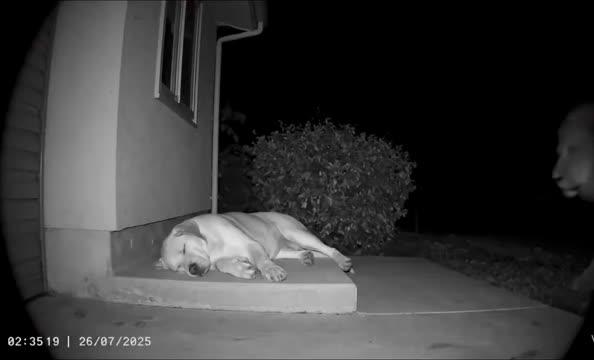
Until the lion tells the story, the hunter will always be the hero… UH.app ;)
Post: 5 August 14:35

Post: 5 August 14:35

Post: 24 October 00:13

Post: 8 January 23:22

Post: 27 September 09:16

Post: 10 July 21:26

Post: 10 July 11:42

Post: 8 July 09:21

Post: 7 July 15:43

Post: 3 July 02:03

Post: 1 July 08:10

Post: 30 June 04:47

Post: 27 June 16:09

Post: 27 June 15:37

Post: 20 June 17:11

Post: 19 June 12:21

Post: 19 June 11:36

Post: 17 June 13:48

Post: 16 June 21:39